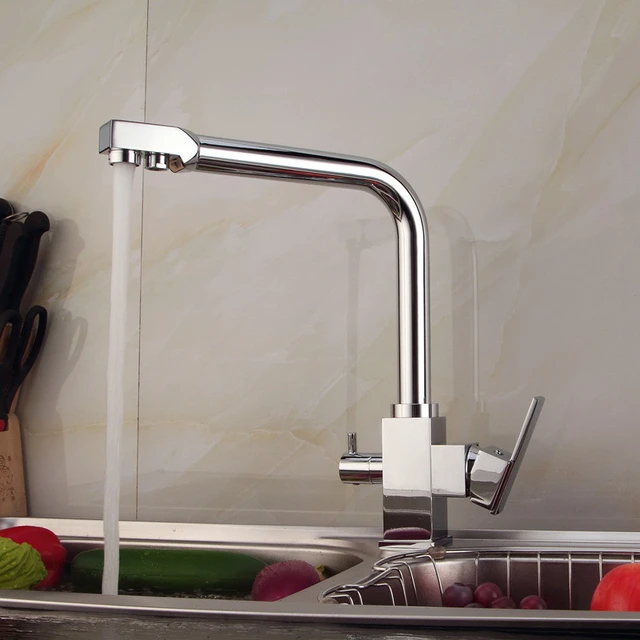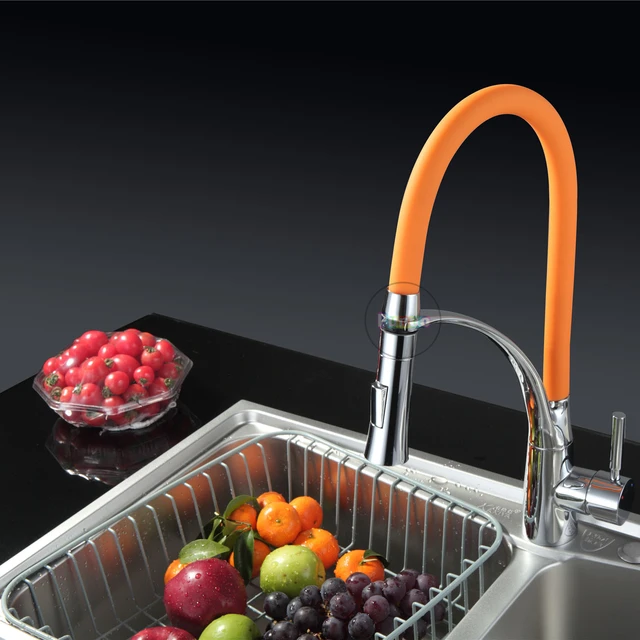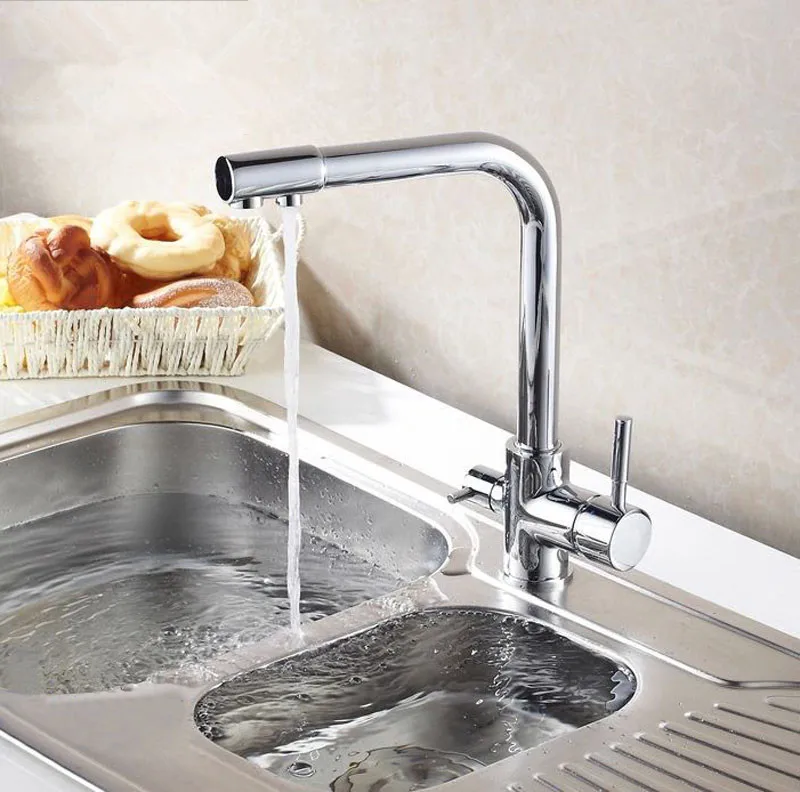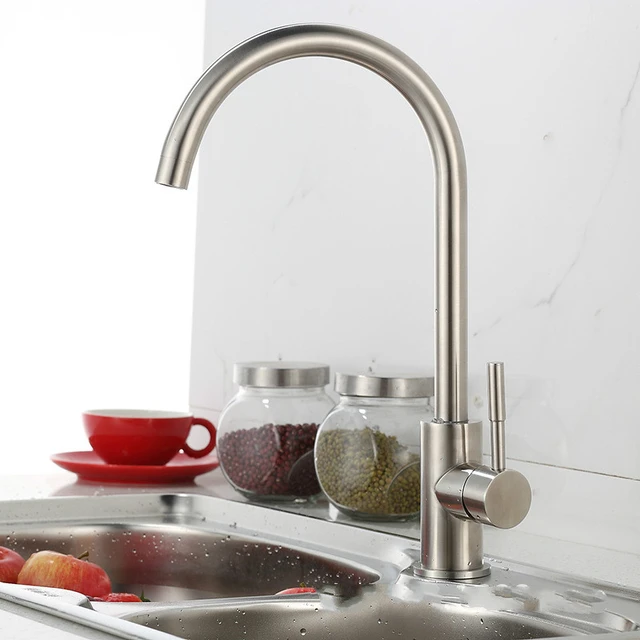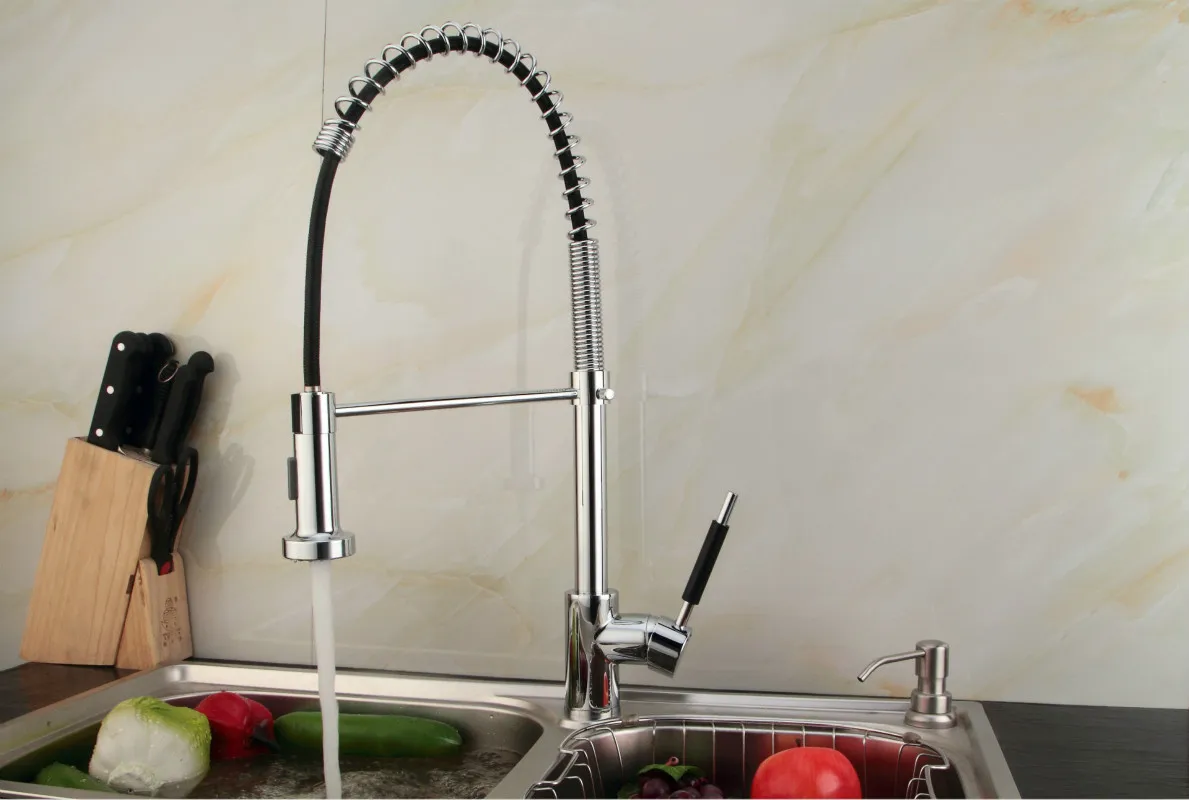Introduction:
In today’s world, where environmental conservation and sustainable practices are of utmost importance, the concept of a watershed kitchen has gained significant attention. A watershed kitchen focuses on minimizing water waste, utilizing eco-friendly materials, and promoting sustainable cooking practices.
In this article, we will explore the benefits, principles, design elements, and practical tips for creating a watershed kitchen, highlighting how it can contribute to a greener and more sustainable lifestyle.
Water Conservation:
A watershed kitchen emphasizes water conservation through various techniques. Installing low-flow faucets and aerators can significantly reduce water consumption.
Dishwashers with water-saving features or energy-efficient dishwashing practices, such as washing full loads only, can help conserve water as well.
Efficient Plumbing Fixtures:
Choosing plumbing fixtures with excellent efficiency ratings can contribute to water conservation. Look for faucets, sinks, and dishwashers that are labeled with the WaterSense certification.
Dual-flush toilets and water-saving showerheads can also be incorporated into a watershed kitchen to further reduce water usage.
Greywater Systems:
Greywater systems collect and reuse water from sinks, showers, and dishwashers for irrigation purposes. Implementing a greywater system in a watershed kitchen helps reduce water waste and promotes a closed-loop water cycle.
Proper filtration and treatment methods should be employed to ensure the recycled water is safe for irrigation.
Sustainable Materials:
Incorporating sustainable materials into the design of a watershed kitchen is essential. Choose eco-friendly options such as reclaimed wood, bamboo, or materials with recycled content for countertops, cabinetry, and flooring.
Opt for non-toxic, low VOC (volatile organic compound) paints and finishes to minimize indoor air pollution.
Energy Efficiency:
Energy-efficient appliances play a significant role in a watershed kitchen. Look for ENERGY STAR certified appliances, such as refrigerators, ovens, and stovetops, which consume less energy without compromising functionality.
LED lighting fixtures and natural lighting solutions, such as skylights or strategically placed windows, can reduce electricity usage and create a bright, inviting atmosphere.
Sustainable Cooking Practices:
A watershed kitchen promotes sustainable cooking practices that minimize waste. This includes meal planning to avoid food spoilage, composting organic waste, and using reusable containers for food storage.
Embrace plant-based cooking or incorporate more plant-based meals into your diet to reduce the environmental impact of animal agriculture.
Positive Environmental Impact:
By implementing sustainable practices in the kitchen, a watershed kitchen contributes to the preservation of natural resources, reduces waste generation, and helps mitigate climate change.
Sense of Responsibility:
Having a watershed kitchen instills a sense of responsibility and mindfulness towards the environment. It encourages individuals to make conscious choices and adopt sustainable habits beyond the kitchen.
In summary, a watershed kitchen offers several advantages, including water conservation, environmental sustainability, energy efficiency, cost savings, a healthier indoor environment, aesthetic appeal, educational opportunities, a positive environmental impact, and fostering a sense of responsibility. By embracing the principles of a watershed kitchen, you can contribute to a greener and more sustainable lifestyle while enjoying the many benefits it offers.
Proper Insulation:
Adequate insulation is crucial for maintaining energy efficiency in a watershed kitchen. Insulate walls, ceilings, and floors to minimize heat loss or gain, providing a comfortable and energy-efficient cooking environment.
Education and Awareness:
Foster a culture of eco-consciousness by educating yourself and your family about the importance of water conservation and sustainable practices in the kitchen.
Encourage mindful consumption and responsible use of resources through activities such as sharing knowledge, organizing community workshops, or participating in sustainability initiatives.
Cleaning and Maintenance of a Watershed Kitchen:
Water-Saving Fixtures:
Regularly clean the low-flow faucets and aerators to ensure they are free from mineral deposits or debris that may hinder their efficiency.
Check for any leaks in the plumbing fixtures and repair them promptly to prevent water waste.
Greywater System:
Maintain the greywater system by regularly inspecting and cleaning the filters and treatment components as recommended by the manufacturer.
Ensure that the greywater system is properly maintained to prevent any blockages or buildup that may affect its functionality.
Sustainable Materials:
Follow the manufacturer’s instructions for cleaning and maintaining sustainable materials used in your watershed kitchen.
Use eco-friendly cleaning products that are safe for the materials, avoiding harsh chemicals that can damage or degrade them.
Energy-Efficient Appliances:
Clean the interior and exterior of energy-efficient appliances regularly to prevent dust buildup and maintain their optimal performance.
Follow the manufacturer’s instructions for cleaning specific appliances, such as refrigerators and ovens, to ensure their longevity and energy efficiency.
Lighting:
Regularly clean LED lighting fixtures to remove dust and dirt, ensuring they provide maximum illumination.
Take advantage of natural lighting by keeping windows and skylights clean for optimum sunlight penetration.
Proper Waste Management:
Practice responsible waste management by composting organic waste and recycling as much as possible.
Empty and clean compost bins regularly to prevent odor buildup and pests.
Insulation:
Inspect the insulation in your watershed kitchen for any signs of wear or damage. Replace or repair insulation as needed to maintain energy efficiency.
Keep an eye out for any drafts around windows or doors and address them promptly to prevent heat loss or gain.
Regular Cleaning:
Follow a regular cleaning routine for your watershed kitchen, including wiping down countertops, sinks, and appliances with eco-friendly cleaning agents.
Sweep or vacuum the floors regularly, and mop as needed to keep them clean and free from debris.
Maintenance Check-ups:
Schedule regular maintenance check-ups for appliances, plumbing, and other equipment in your watershed kitchen. This will help identify any potential issues early on and ensure proper functioning.
Remember, proper cleaning and maintenance not only keep your watershed kitchen looking great but also contribute to its efficiency and longevity. By following these cleaning and maintenance practices, you can enjoy a clean, functional, and eco-friendly kitchen for years to come.
Conclusion:
A watershed kitchen represents a holistic approach to sustainable living, integrating water conservation, eco-friendly materials, energy efficiency, and responsible cooking practices. By incorporating these principles into your kitchen design and daily routines, you can contribute to a greener and more sustainable lifestyle. Creating a watershed kitchen not only benefits the environment but also promotes a healthier, more conscious way of cooking and living. Embrace the concept, apply the practical tips, and enjoy the rewards of a sustainable kitchen that positively impacts both your well-being and the planet.
